Cowbirds are major moochers
While out birding several weeks ago I stopped to locate the source of a faint whining noise. This time of year offers many unusual songs and call notes made by first-year birds begging for food or by youngsters who haven’t quite mastered the same musical abilities of their parents.
This particular note happened to be coming from a juvenile brown-headed cowbird, a common species with a not-so-common reproductive habit. I watched this bird for a few minutes, and his complaining whines were soon pacified by a tiny adult common yellowthroat with an inch worm. The size difference between the delicate warbler feeding the massive ugly-duckling cowbird chick was almost humorous, and made me wonder how the adult could possibly consider this giant its own offspring. This activity is due to a natural process called avian-brood parasitism and is the cowbird’s reproductive trademark.
The female cowbird builds no nest and cares for no young. The male, with a shiny black body and brown head, takes no part in the parenting process either. The female establishes an egg- laying territory in which she deposits single eggs in the nests of other species.
Cowbird incubation time is usually shorter than that of the host species, causing the cowbird chick to hatch sooner and grow faster than its competition. The cowbird chick does not intentionally kill or push out the host chicks, but their unfair size advantage generally causes the other chicks to die of starvation. This allows for the full attention and feeding efforts of the parents to be devoted to the gawky cowbird chick who in many cases can be up to three times larger than its parents.
This seemingly bizarre parasitic instinct is thought to be linked to the cowbird’s historic habit of following herd of bison leaving no time for nest building. They were actually once referred to as “buffalo birds.” Many species such as the American robin and the gray catbird can recognize the odd egg and will remove it from the clutch before hatching. Yellow warblers have been known to add layers of nesting material on top of existing clutches with cowbird eggs.
Throughout all this seemingly “heartless” parenting scheme, the young birds instinctively recognize their identity as cowbirds. They do not imprint on their host parents as nearly all other avian species do, and after fledging they will join other cowbirds, continuing their role as a parasitic species in this odd but complexly beautiful natural system.
Birders’ Watch is provided by members of the Naturalists’ Club of Broome County. This column was written by Erin Hewett. For information on the Naturalists Club, write P.O. Box 191, Vestal, N.Y. 13850.
Posted in Birders Watch Columns | Comments Off on Cowbirds are major moochers
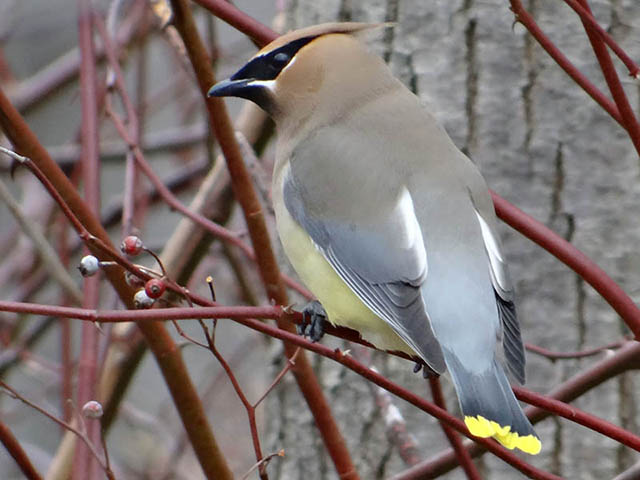
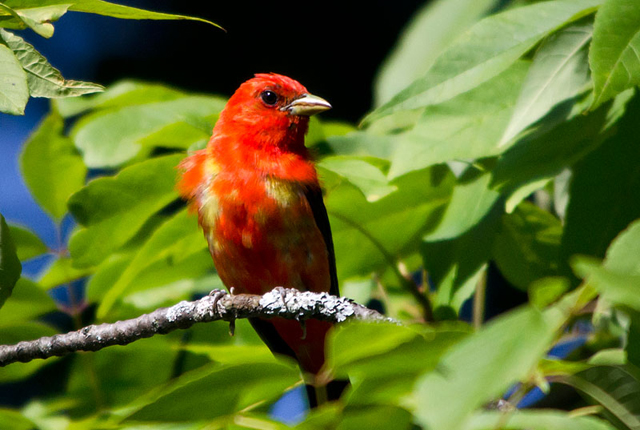
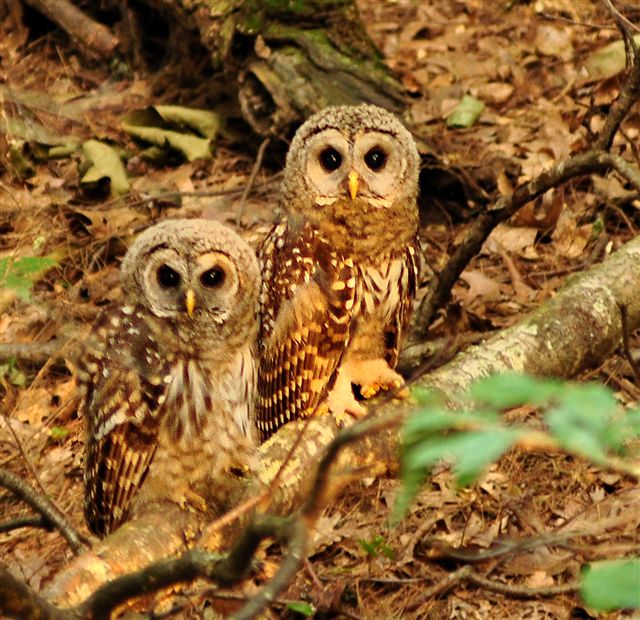
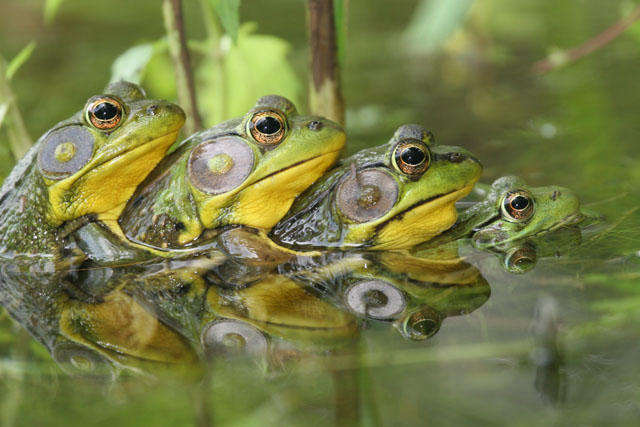
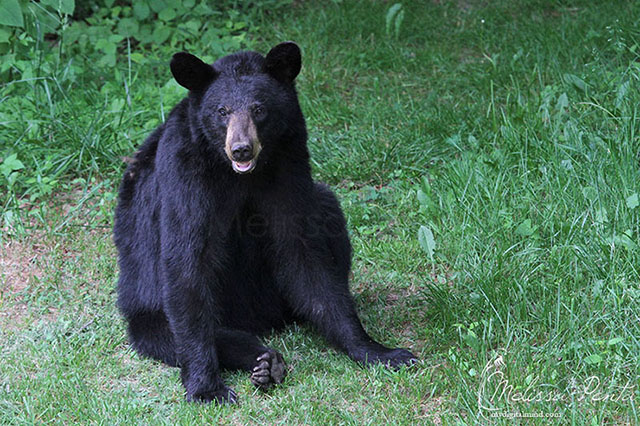
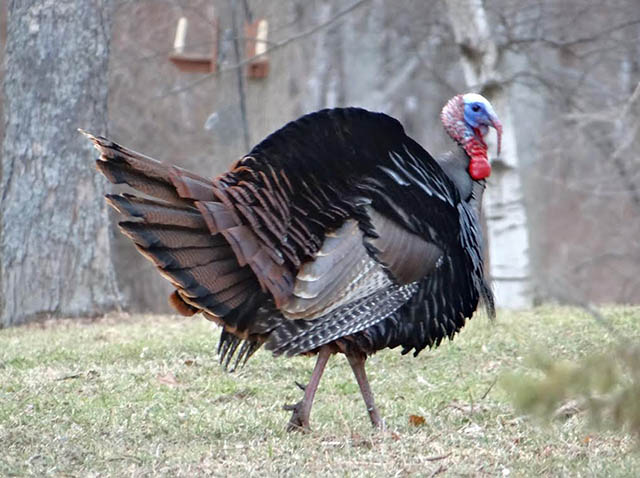
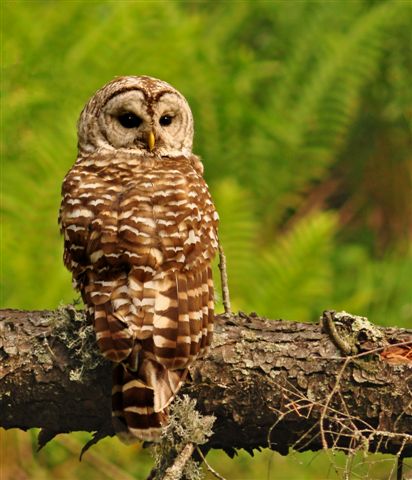
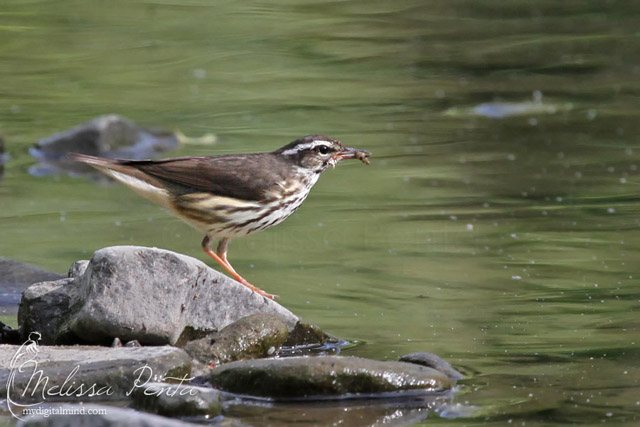
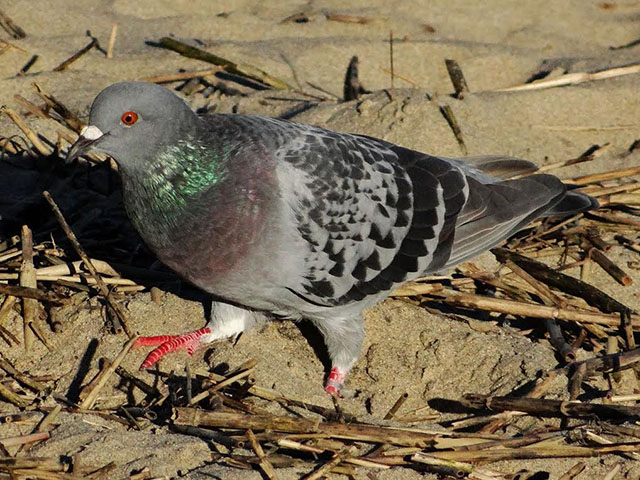
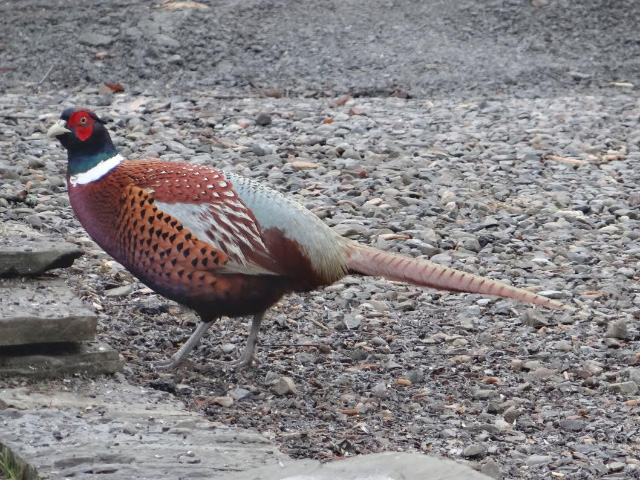
Comments are closed.